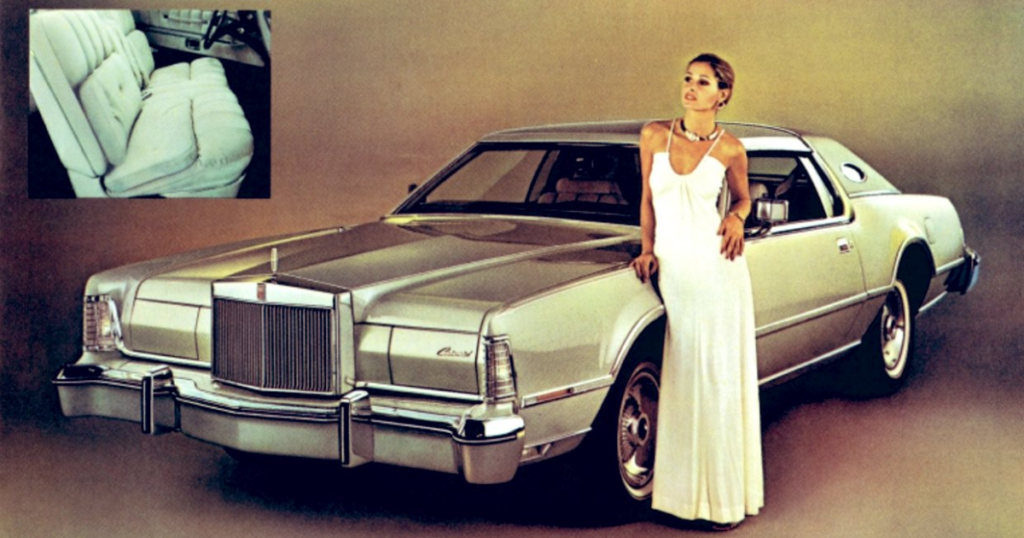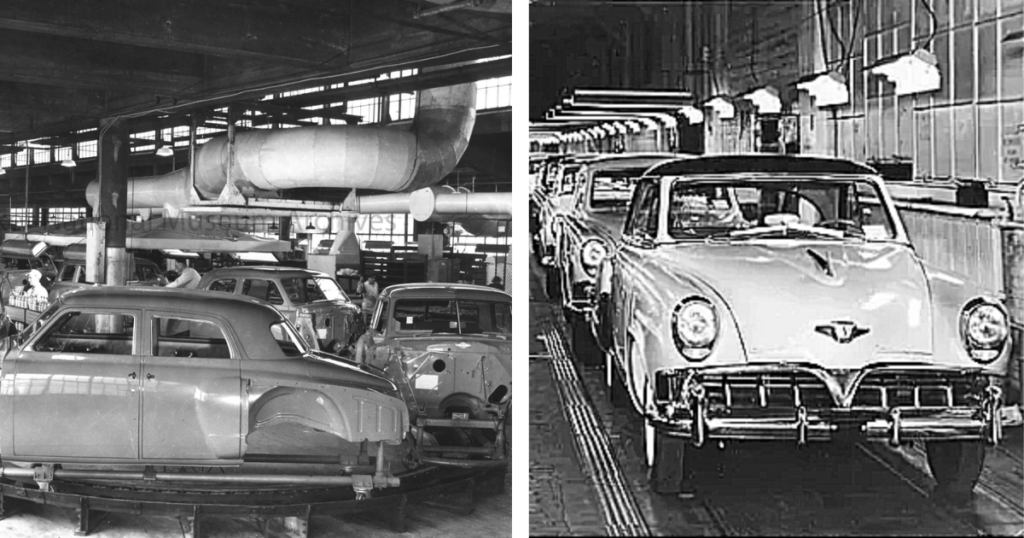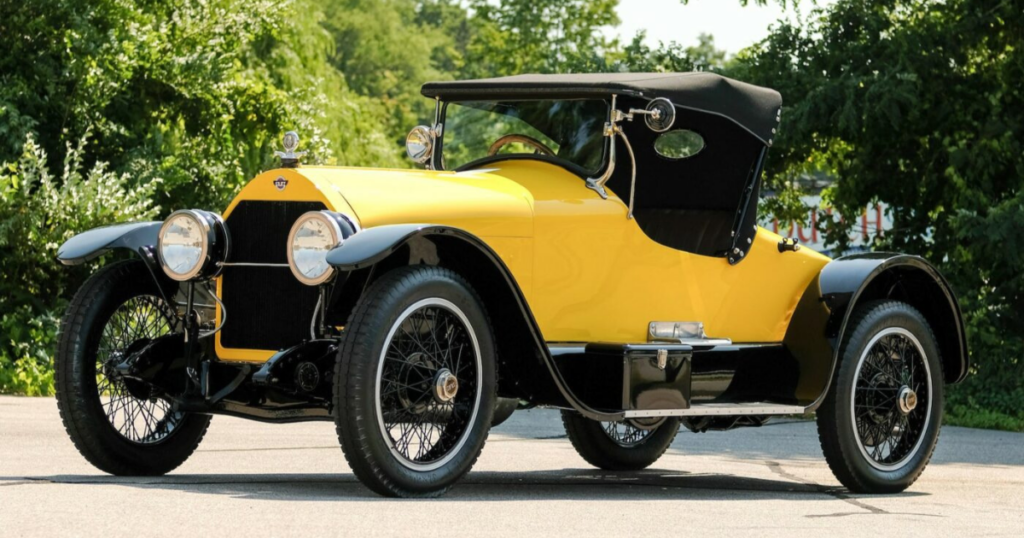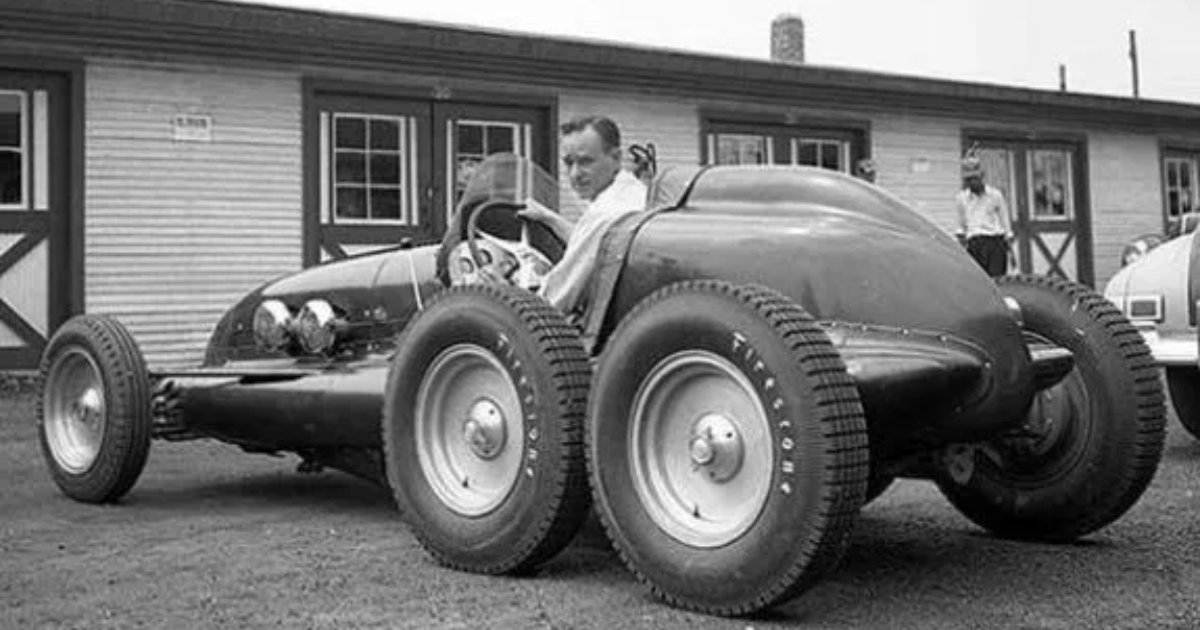
During the 1940s at the Indianapolis Motor Speedway, a period marked by technical experimentation, race car builders delved into various ideas, from mid-engine layouts to front-wheel drive and even twin engines. One particularly captivating creation from this era was the six-wheeled Pat Clancy Special, which graced the Indy 500 in 1948 and 1949.
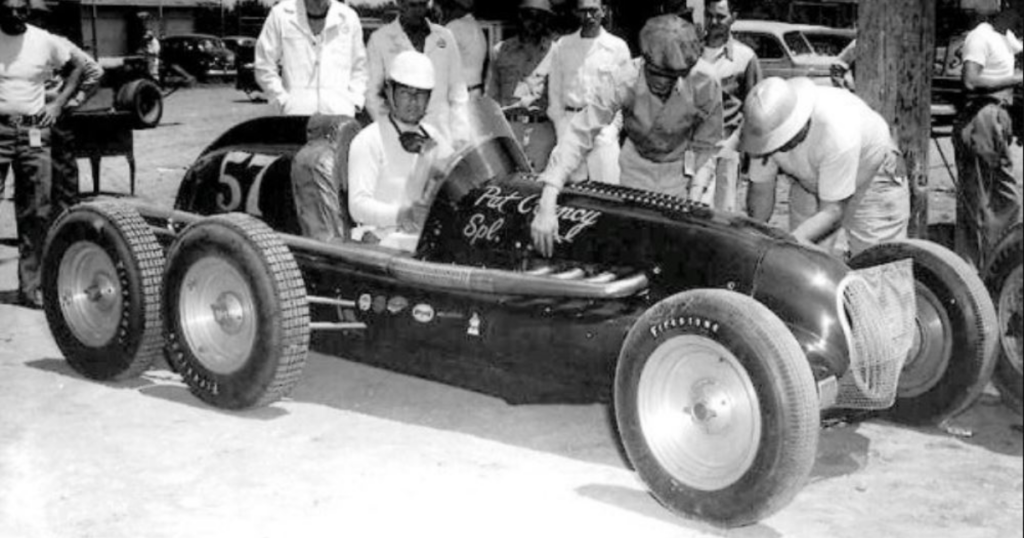
In its debut in 1948, the Clancy Special, built by lead mechanic A.J. Bowen for team owner Pat Clancy, proved to be more than just a whimsical experiment. Veteran driver Billy DeVore qualified 21st and finished 12th, albeit 10 laps behind the winner, Mauri Rose in the Blue Crown Spark Plug Special.

Pat Clancy, a Memphis trucking fleet operator, commissioned the six-wheeler, and the unconventional choice of six wheels was not without purpose. The chief mechanic, A.J. Bowen, was the wizard behind its construction, modifying frame rails and semi-finished aluminum body panels sourced from West Coast builder Frank Kurtis.
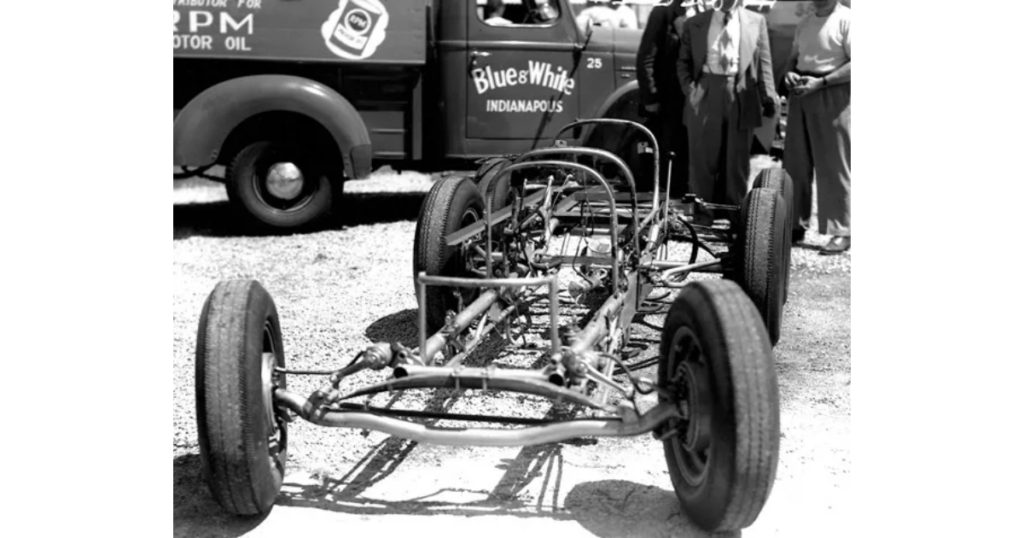
Beneath the Clancy Special’s exterior, the mechanical ingenuity is revealed. The front end boasts a Ford-style transverse leaf spring and a distinctive tubular front axle from a mid-30s Plymouth. The power comes from a 270 CID Offy four-banger, a popular choice among Indy car builders at the time.

Examining the rear of the Clancy chassis unveils the mechanical secrets of the six-wheeler. All four rear wheels were driven in tandem-truck fashion through a pair of Pat Warren quick-change axles. A unique drivetrain setup connected the front and rear axles, involving a stub driveshaft with universal joints.
In 1949, the six-wheeler returned to the Brickyard, driven by rookie Jackie Holmes. Despite a respectable qualifying speed of 128.087 mph, the race day ended prematurely due to a driveshaft failure after completing 65 laps. Subsequently, the chassis underwent a transformation into a conventional four-wheeler but failed to qualify for the 500 in its final two Indy appearances.
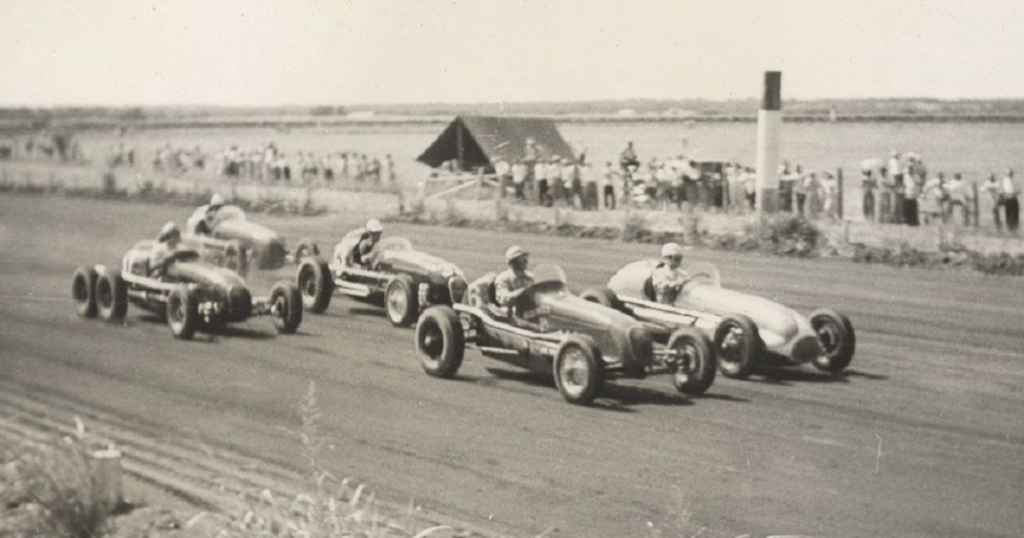
The question remains: Why six wheels on an Indy car? Pat Clancy’s inspiration stemmed from his success in the trucking business, where tandem-axle trucks navigating Tennessee’s hilly terrain seemed to outperform passenger cars. This theory, however, did not translate successfully at Indy. Nevertheless, Pat Clancy’s audacious ambition to test this unconventional concept deserves recognition. Although the six-wheel configuration was eventually abandoned due to added weight and mechanical losses, Clancy continued fielding standard four-wheeled entries in the Indy 500 well into the 1950s.
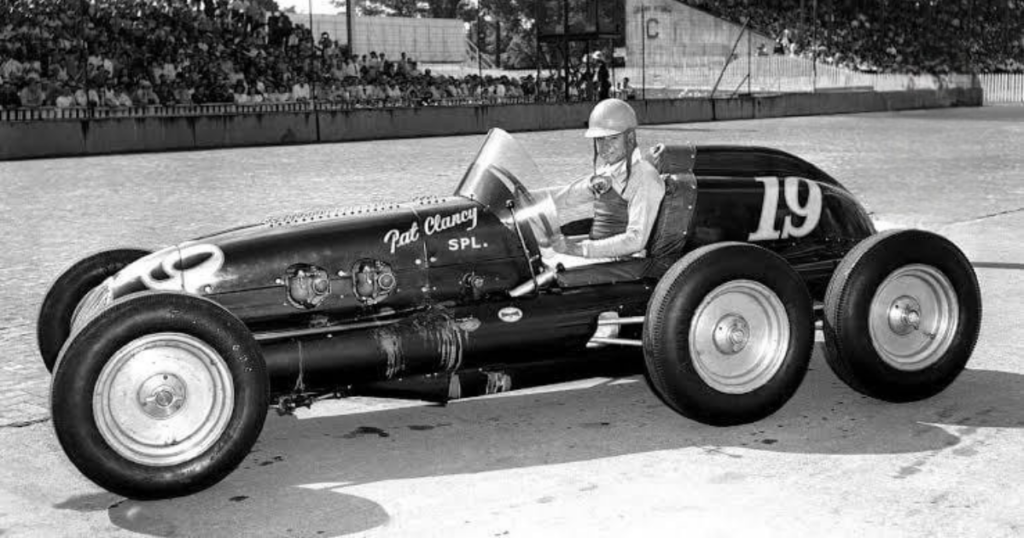
In the world of racing history, the Clancy Special stands as a testament to the daring spirit of innovation, even when faced with challenges and unconventional ideas.

